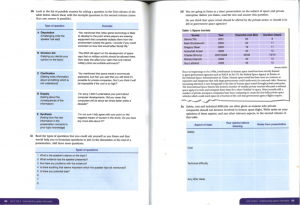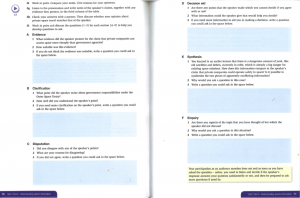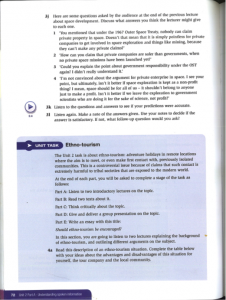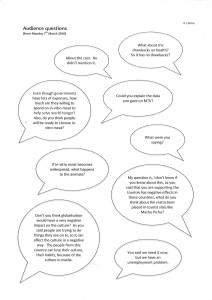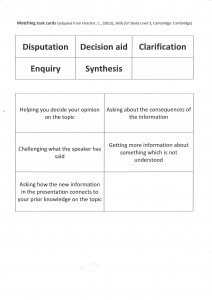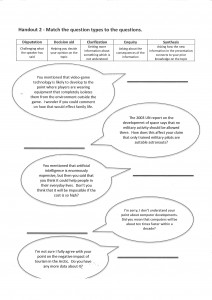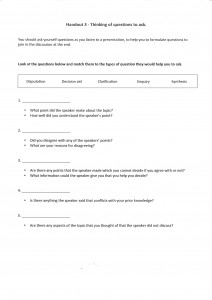Following my post about reasons for adapting and supplementing materials, here’s how I adapted a couple of pages from Fletcher, C., (2012), Skills for Study Level 3, Cambridge: Cambridge (pp68-72).
Background
The students were upper intermediate to advanced.
Part of the assessment for this module is a poster presentation on one of the following subjects
- in vitro meat
- artificial intelligence
- tourism
- globalisation
- entertainment media.
In the previous lesson students had their formative poster presentations, where they were required to produce a poster and present their introduction and at least one of their key points (argument – counter-argument – refutation), give a short conclusion, and to answer questions from the audience formed of their classmates.
Prior to using these materials, students were encouraged to reflect on the posters they created and their performance in the formative presentations (or their classmates’ performance if students did not give a presentation). They also looked at posters produced by last year’s students, and saw a video of a good student presentation.
The purpose of these materials was to focus on the types of questions students could/should ask following presentations as the questions posed by audience-members in formatives were not always relevant or constructive, some were quite pointed and mean.
The original materials
Adapted and supplemented materials
Handout 1 (supplementary material) to add personalisation using students’ own questions from the previous session and to highlight the relevance of the lesson.
Handout 2 (adapted) an extra task to raise students’ awareness of the types of questions they could (be) asked after their presentations and to add a kinesthetic element.
Handout 3 (adapted) – same task as in coursebook with different layout.
Handout 4 (adapted) – simplified version of what is found in the coursebook, selecting the most pertinent parts and removing the listening task which I feel requires students to focus on too many things at once, clouding the purpose of the lesson.
Students then wrote questions for the presentation they had watched earlier on PostIts. This meant that the subject was much more relevant to them. Since I had them look back at the notes from watching the presentation and the poster while coming up with questions, this was perhaps a little more realistic than the listening from the book, and more relevant as it was a student’s video.
How it went
Having taught the lesson first with the course book and supplemented practice, I reworked the coursebook content into a more user-friendly and personalised set of worksheets and activities. The reaction of the students in the two classes from my point of view was night and day. The new version was one of my lesson observations for Teaching and Reflection, and was well received both by the observer and the students (I think!).

